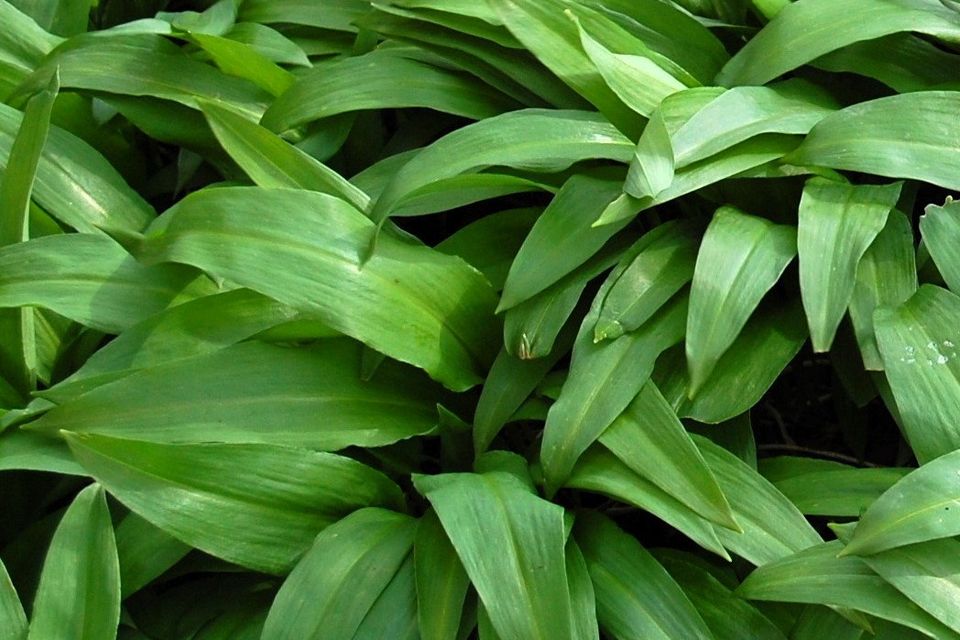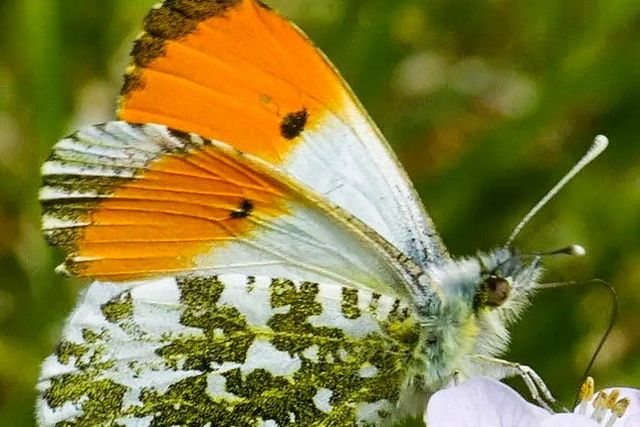Nature Trail: Ramsons is Ireland’s only native wild garlic
Ramsons can be the dominant ground cover in wet shady woods, its pointed, shiny leaves crowding out other plants.
When I was on the nature trail last week I happened to be in a wet woodland on the floor of a deep river valley and was taken aback by the great profusion of Ramsons.
Ramsons is one of those feast-or-famine wild plants: it can be absent in dry mineral soils, but it thrives in damp and moist, poorly drained soils shaded by trees and where such conditions prevail it comes into its own and it shiny leaves create an impressive wall to wall carpet of greenery covering the ground.
On my visit to the woodland last week Ramsons was not yet in flower. Walking through the carpet of shiny leaves, the distinctive smell of garlic arose from the plants and hung in the stillness of the air in the sheltered valley bottom.
The word ‘ramsons’ is interpreted as a derivation of the Saxon word for garlic and there is a long history of the use of the wild herb in Saxon, Celtic and Roman cuisine and medicine.
Leeks, chives, onions and garlics all belong to the group of wild plants noteworthy for their bulbs. They, in turn, are but one group in the large and varied lily family that contains many popular flowers with varying associations ranging from purity, motherhood, death, rebirth, the Christion festival of Easter, Irish republicanism, and the 1916 Easter Rising.
Ramsons is our only native garlic. In addition to growing wild it is sometimes grown in gardens as a spring ornamental for its attractive white flowers. Throw-out bulbs in garden wastes often survive in waste ground and along hedgerows making it difficult to tell which plants are truly wild and which ones are garden escapes.
In addition to our one native garlic there are several non-native garlics grown in gardens, sold in supermarkets and garden centres, and established in the wild.
The most invasive of the non-native garlics is the Three-cornered Garlic so called because the stem is triangular in section and has three distinct corners when rolled between finger and thumb.
It is an invasive alien from the western Mediterranean that has spread throughout Ireland and is especially abundant along the south and east coast coasts. It is in flower at present and its dropping white flowers are a common sight along many roadside verges.













